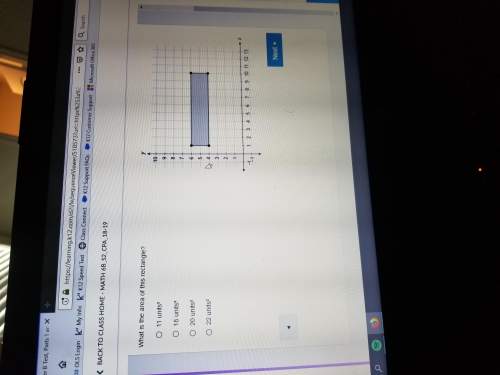
Mathematics, 05.11.2019 01:31 madelynw4114
Let p(n) be the statement that 1^2 + 2^2 +⋯+ n^2 = n(n + 1)(2n + 1)/6 for the positive integer n. a) what is the statement p(1)? b) show that p(1) is true, completing the basis step of a proof that p(n) is true for all positive integers n. c) what is the inductive hypothesis of a proof that p(n) is true for all positive integers n? d) what do you need to prove in the inductive step of a proof that p(n) is true for all positive integers n? e) complete the inductive step of a proof that p(n) is true for all positive integers n, identifying where you use the inductive hypothesis. f ) explain why these steps show that this formula is true whenever n is a positive integer.

Answers: 3


Other questions on the subject: Mathematics

Mathematics, 22.06.2019 01:30, hayleegahr
Which term describes the point where the perpendicular bisectors of the three sides of a triangle intersect?
Answers: 3

Mathematics, 22.06.2019 02:10, christinasmith9633
Which diagram best shows how fraction bars can be used to evaluate 1/2 divided by 1/4?
Answers: 2

Mathematics, 22.06.2019 05:30, germaine88
Taylor estimated the music department would raise $1,100 for new uniforms by selling tickets to a performance next week each ticket will be $12.75 about how many tickets does the music department need to sell for taylor's estimate to be reasonable
Answers: 3

Mathematics, 22.06.2019 05:50, kiramartin3
Find x. m just typing to fill the character minimum.
Answers: 1
You know the right answer?
Let p(n) be the statement that 1^2 + 2^2 +⋯+ n^2 = n(n + 1)(2n + 1)/6 for the positive integer n. a)...
Questions in other subjects:



English, 10.01.2020 18:31



Mathematics, 10.01.2020 18:31

History, 10.01.2020 18:31

Spanish, 10.01.2020 18:31

Mathematics, 10.01.2020 18:31




